Home>Furniture & Design>Interior Design Trends>Why Does Ceramic Break Glass
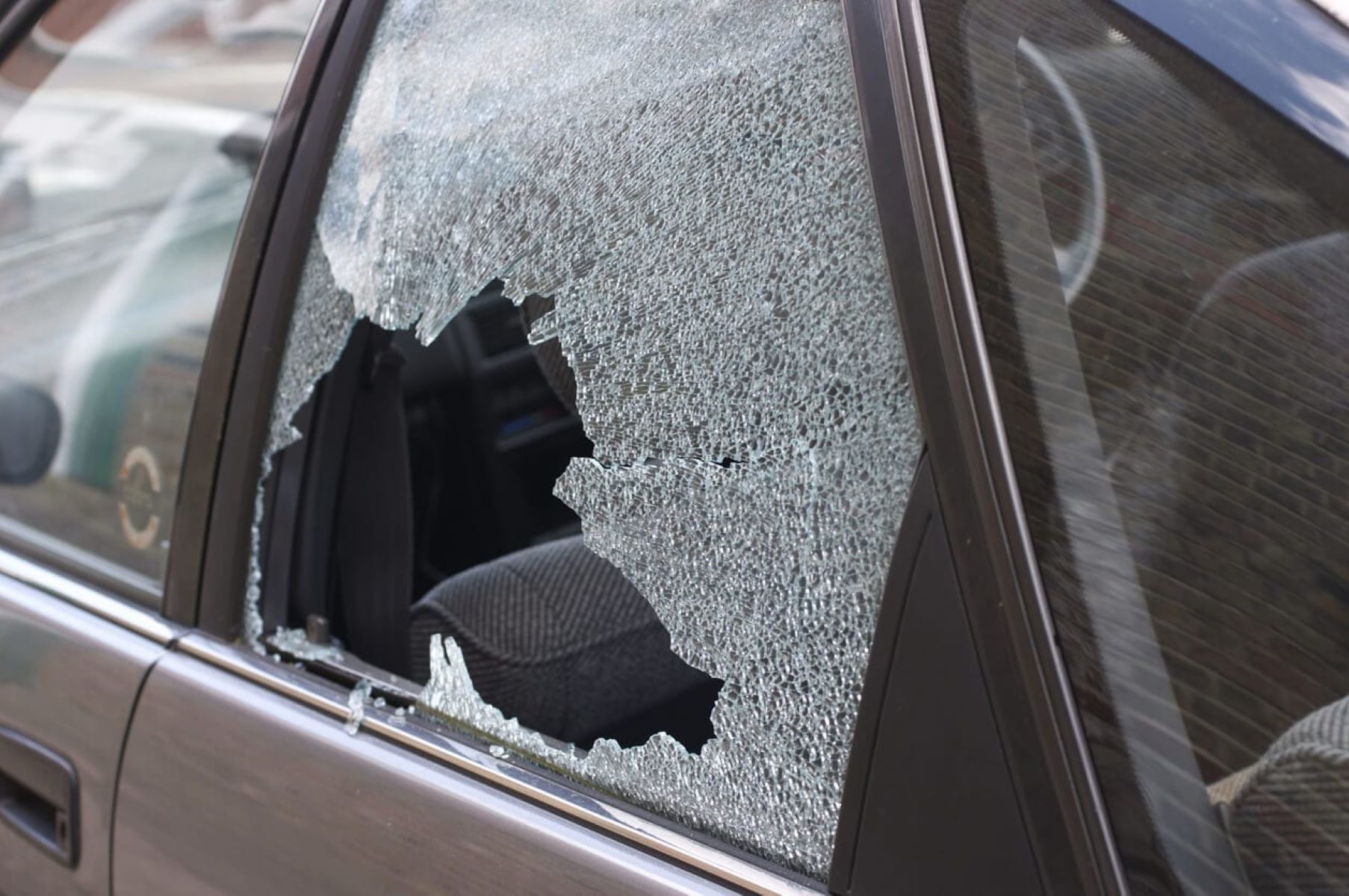

Interior Design Trends
Why Does Ceramic Break Glass
Published: February 4, 2024
Discover the impact of ceramic on glass and explore the latest interior design trends. Learn why ceramic can cause glass to break and how it influences interior design.
(Many of the links in this article redirect to a specific reviewed product. Your purchase of these products through affiliate links helps to generate commission for Storables.com, at no extra cost. Learn more)
Introduction
Ceramic and glass are two widely used materials in various industries, renowned for their versatility and durability. However, despite their resilience, there are instances where ceramic can break glass. This phenomenon may seem perplexing at first glance, but a closer examination of the structural and thermal properties of these materials sheds light on this intriguing occurrence.
The interaction between ceramic and glass is a fascinating subject that delves into the intricate world of material science. Understanding the factors that contribute to the breakage of glass by ceramic involves exploring the composition, thermal expansion, and the impact and stress dynamics at play. By unraveling the complexities of these materials, we can gain valuable insights into the mechanisms behind this phenomenon.
The relationship between ceramic and glass is not merely a matter of physical contact; it encompasses the interplay of molecular structures, thermal behaviors, and mechanical forces. This interconnection forms the basis for comprehending why ceramic can break glass, offering a glimpse into the intricate nature of material interactions.
In the subsequent sections, we will delve into the structural composition of ceramic and glass, examining their distinct properties and how they influence their behavior when in contact. We will also explore the differences in thermal expansion between these materials, shedding light on the role of temperature differentials in their interaction. Furthermore, we will investigate the impact and stress factors that come into play, elucidating the mechanisms that lead to the breakage of glass by ceramic.
Through this exploration, we aim to unravel the enigma of why ceramic can break glass, providing a comprehensive understanding of the underlying principles at work. By delving into the intricate world of material science, we can gain a deeper appreciation for the complexities of these materials and the fascinating interactions that occur at the molecular level.
Key Takeaways:
- When ceramic and glass interact, their different structures and thermal behaviors can lead to stress and potential fracture, causing the glass to break. It’s like a clash of strong and brittle forces!
- Ceramic’s rigid nature and glass’s malleability at high temperatures create a battle of forces. The mismatch in their responses to temperature changes can lead to glass breakage, like a tug-of-war between two materials!
Read more: Why Does Glass Break With Sound
The Structure of Ceramic and Glass
Ceramic and glass are distinct materials, each possessing unique structural compositions that contribute to their diverse properties and behaviors. Understanding the fundamental structure of ceramic and glass is essential in unraveling the reasons behind ceramic's ability to break glass.
Ceramic Structure
Ceramic materials are typically crystalline or partially crystalline in nature, composed of inorganic compounds such as oxides, nitrides, carbides, or silicates. These compounds form a network of interconnected atoms, resulting in a rigid and often brittle structure. The arrangement of atoms in ceramics gives rise to their high melting points and exceptional hardness, making them suitable for a wide range of applications, from pottery and tiles to advanced engineering components.
Glass Structure
In contrast, glass is an amorphous, non-crystalline material, lacking the long-range order found in crystalline structures. Instead, the atoms in glass are arranged in a disordered fashion, akin to a frozen liquid. This disordered structure imparts unique properties to glass, such as transparency, malleability at high temperatures, and resistance to chemical corrosion. Glass compositions can vary widely, encompassing silicate glasses, borosilicate glasses, and specialty glasses with tailored properties for specific applications.
Comparison
The structural disparity between ceramic and glass is evident in their atomic arrangements. While ceramics exhibit a highly organized crystalline structure, glass lacks this long-range order, resulting in its characteristic amorphous nature. This fundamental difference in structure influences their mechanical properties, thermal behaviors, and responses to external forces.
By comprehending the distinct structures of ceramic and glass, we can begin to unravel the intricate dynamics at play when these materials come into contact. The interplay between their atomic arrangements forms the foundation for understanding the interactions that lead to the breakage of glass by ceramic.
Understanding the structural disparities between ceramic and glass sets the stage for delving into the thermal expansion differences and the impact and stress factors that contribute to the intriguing phenomenon of ceramic breaking glass. This exploration will shed light on the underlying principles governing the interactions between these materials, offering valuable insights into their behaviors at the molecular level.
Read more: Why Does Porcelain Break Glass
Differences in Thermal Expansion
The dissimilarity in thermal expansion between ceramic and glass plays a pivotal role in elucidating why ceramic can break glass. Thermal expansion refers to the tendency of materials to change in dimension in response to temperature variations. Understanding the variances in thermal expansion between ceramic and glass provides valuable insights into their behaviors when subjected to temperature differentials.
Ceramic materials typically exhibit lower coefficients of thermal expansion compared to glass. This means that when exposed to elevated temperatures, ceramics undergo minimal dimensional changes in comparison to glass. The lower thermal expansion coefficient of ceramics can be attributed to their crystalline structure, which restricts atomic movement and results in limited expansion or contraction in response to temperature fluctuations.
In contrast, glass possesses a higher coefficient of thermal expansion due to its amorphous nature. The disordered atomic arrangement in glass allows for more significant dimensional changes when subjected to temperature variations. As the temperature rises, the atoms in glass have greater freedom of movement, leading to expansion and an increase in volume. Conversely, a decrease in temperature prompts contraction and a reduction in volume.
When ceramic and glass come into contact, their divergent thermal expansion behaviors become apparent. If a piece of glass and ceramic are heated or cooled unevenly, the resulting dimensional changes can exert stress on the materials. The lower thermal expansion of ceramic relative to glass can lead to the generation of compressive stress in the glass as it expands more than the ceramic. Conversely, cooling can induce tensile stress in the glass as it contracts more than the ceramic.
These differential stresses arising from the dissimilar thermal expansion behaviors of ceramic and glass can culminate in structural imbalances and, under certain conditions, lead to the breakage of the glass. The mismatch in thermal expansion characteristics between these materials underscores the intricate interplay of forces that contribute to the intriguing phenomenon of ceramic breaking glass.
By delving into the differences in thermal expansion between ceramic and glass, we gain a deeper understanding of the underlying mechanisms that govern their interactions. This exploration sets the stage for further elucidating the impact and stress factors that come into play, shedding light on the complex dynamics that underpin the breakage of glass by ceramic.
Impact and Stress
The interaction between ceramic and glass involves a delicate interplay of impact and stress dynamics, shedding light on the intricate mechanisms that contribute to the breakage of glass by ceramic. When subjected to external forces, such as impacts or mechanical loads, the structural disparities between ceramic and glass become apparent, giving rise to stress concentrations and potential fracture propagation.
Upon impact, the dissimilar mechanical properties of ceramic and glass come into play, leading to the generation of stress waves that propagate through the materials. Ceramic, known for its exceptional hardness and rigidity, can impart concentrated forces onto the glass upon impact, initiating stress concentrations at the point of contact. This localized stress can exceed the fracture strength of the glass, leading to the initiation and propagation of cracks.
Furthermore, the brittleness of glass amplifies the impact-induced stresses, as it is inherently prone to rapid crack propagation when subjected to sudden forces. The propagation of cracks in glass can occur swiftly, driven by the stress concentrations generated by the impact. As these cracks extend through the glass, the structural integrity becomes compromised, ultimately culminating in the fracture of the glass.
The thermal history of the materials also plays a crucial role in the impact and stress dynamics. Variations in temperature, especially rapid changes, can induce thermal stresses within the materials, further exacerbating the impact-induced stresses. The combination of thermal and mechanical stresses can create a synergistic effect, intensifying the likelihood of glass breakage when impacted by ceramic.
Moreover, the interplay of compressive and tensile stresses resulting from the differential thermal expansion of ceramic and glass can contribute to the initiation and propagation of fractures. When subjected to temperature differentials, the mismatch in thermal expansion characteristics can induce internal stresses within the materials, setting the stage for potential fracture initiation upon subsequent impacts or mechanical loads.
The intricate interplay of impact and stress factors underscores the multifaceted nature of the interactions between ceramic and glass. By unraveling the complexities of these impact and stress dynamics, we gain valuable insights into the mechanisms that govern the breakage of glass by ceramic, offering a comprehensive understanding of this intriguing phenomenon.
This exploration of impact and stress dynamics serves to illuminate the intricate interplay of forces that contribute to the breakage of glass by ceramic, providing a deeper appreciation for the complexities of material interactions at the molecular level.
Ceramic breaks glass because it is harder and more brittle, causing it to create stress points on the glass surface. This can lead to cracks and ultimately breakage.
Conclusion
In conclusion, the phenomenon of ceramic breaking glass is a captivating interplay of material science principles, encompassing the structural disparities, thermal expansion differences, and impact and stress dynamics at play. The structural composition of ceramic, characterized by its crystalline nature, stands in stark contrast to the amorphous structure of glass. This fundamental difference in atomic arrangement influences their mechanical properties, thermal behaviors, and responses to external forces.
The dissimilarity in thermal expansion between ceramic and glass emerges as a pivotal factor in understanding the breakage of glass by ceramic. The lower coefficient of thermal expansion exhibited by ceramics, in contrast to the higher coefficient of thermal expansion of glass, sets the stage for the generation of differential stresses when subjected to temperature variations. These differential stresses, arising from the dissimilar thermal expansion behaviors of ceramic and glass, can lead to stress concentrations and potential fracture propagation, ultimately culminating in the breakage of the glass.
Furthermore, the impact and stress dynamics involved in the interaction between ceramic and glass shed light on the intricate mechanisms that contribute to glass breakage. The exceptional hardness and rigidity of ceramic, coupled with the inherent brittleness of glass, give rise to stress concentrations and rapid crack propagation upon impact. The interplay of compressive and tensile stresses resulting from the differential thermal expansion of ceramic and glass further exacerbates the likelihood of glass breakage, especially when subjected to rapid temperature changes and subsequent impacts or mechanical loads.
By unraveling the complexities of these material interactions, we gain valuable insights into the mechanisms that govern the breakage of glass by ceramic, offering a comprehensive understanding of this intriguing phenomenon. This exploration serves to illuminate the intricate interplay of forces at the molecular level, providing a deeper appreciation for the complexities of material interactions and the fascinating dynamics that underpin the interactions between ceramic and glass.
In essence, the breakage of glass by ceramic is a testament to the multifaceted nature of material science, showcasing the intricate interplay of structural, thermal, and mechanical factors. By delving into the complexities of these material interactions, we gain a deeper appreciation for the fascinating world of material science and the captivating dynamics that govern the behaviors of ceramic and glass.
Frequently Asked Questions about Why Does Ceramic Break Glass
Was this page helpful?
At Storables.com, we guarantee accurate and reliable information. Our content, validated by Expert Board Contributors, is crafted following stringent Editorial Policies. We're committed to providing you with well-researched, expert-backed insights for all your informational needs.

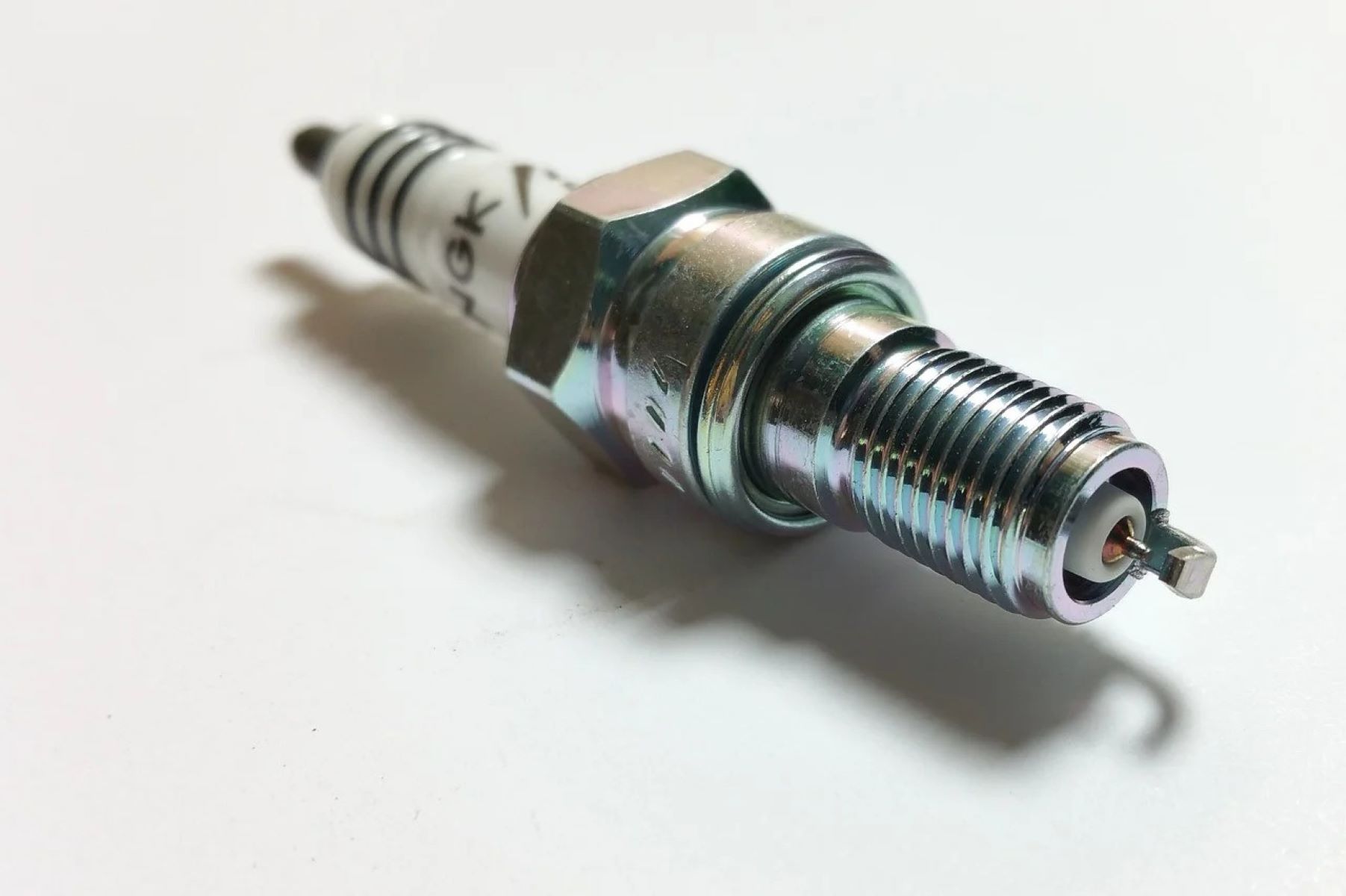


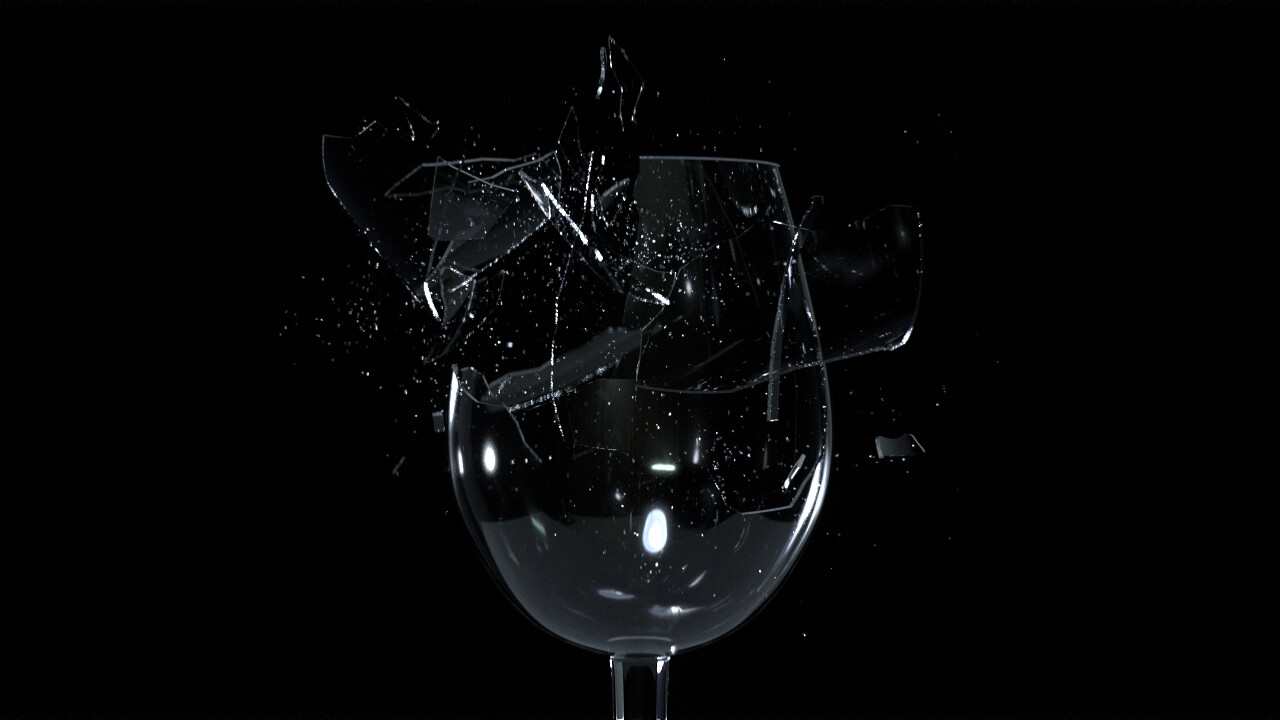
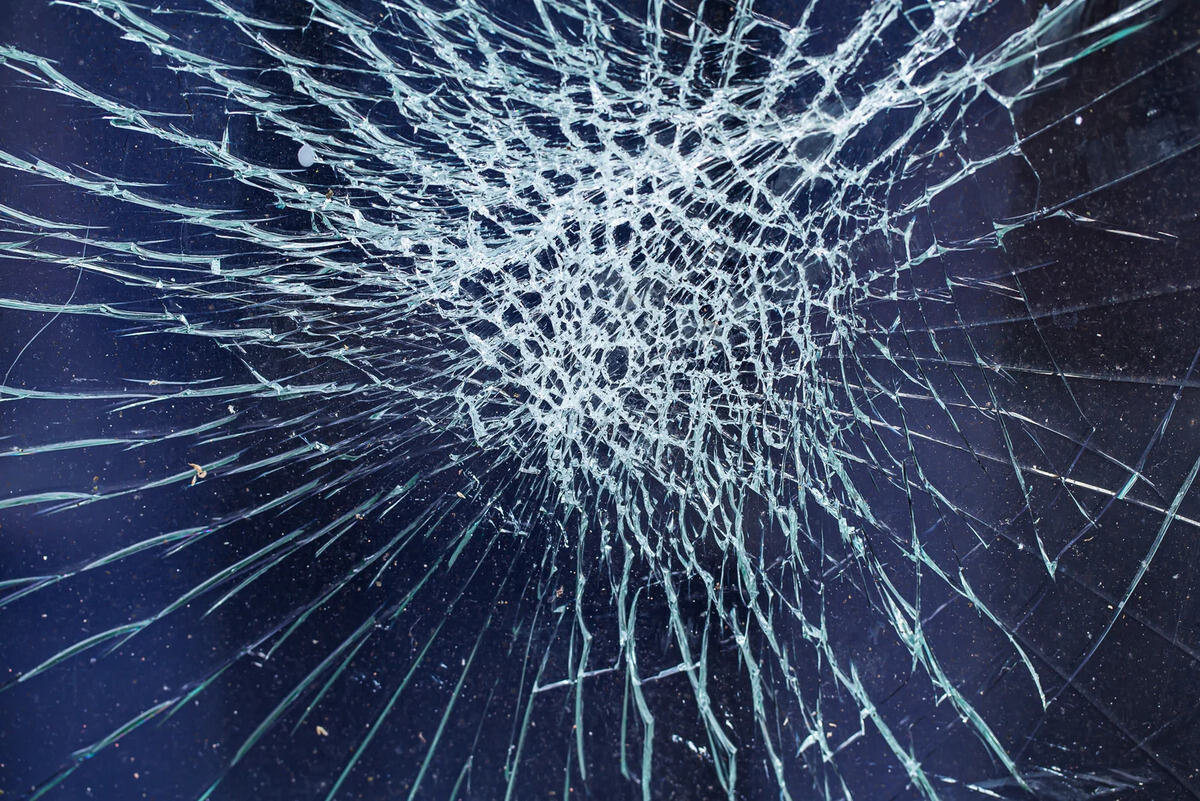
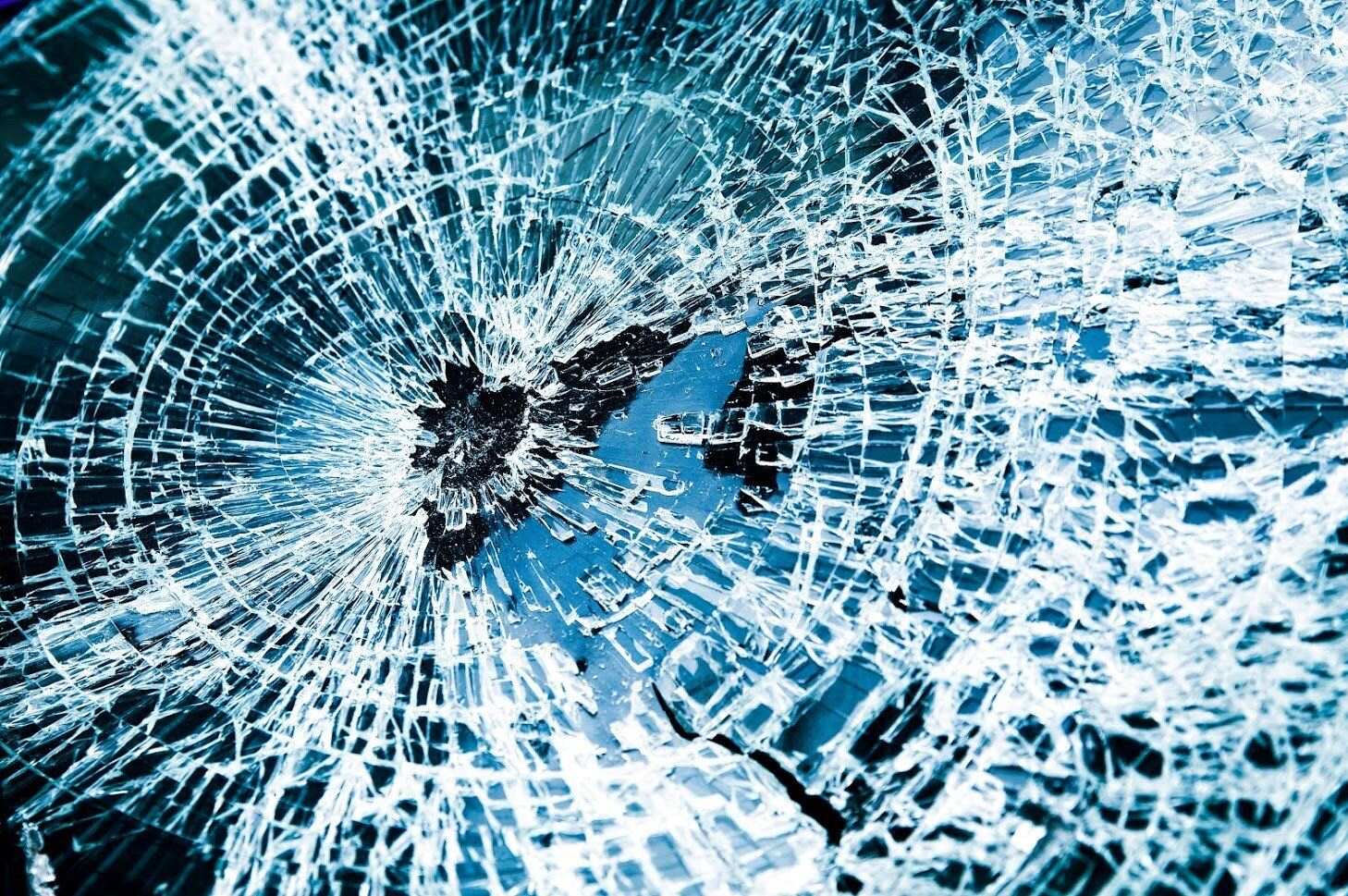
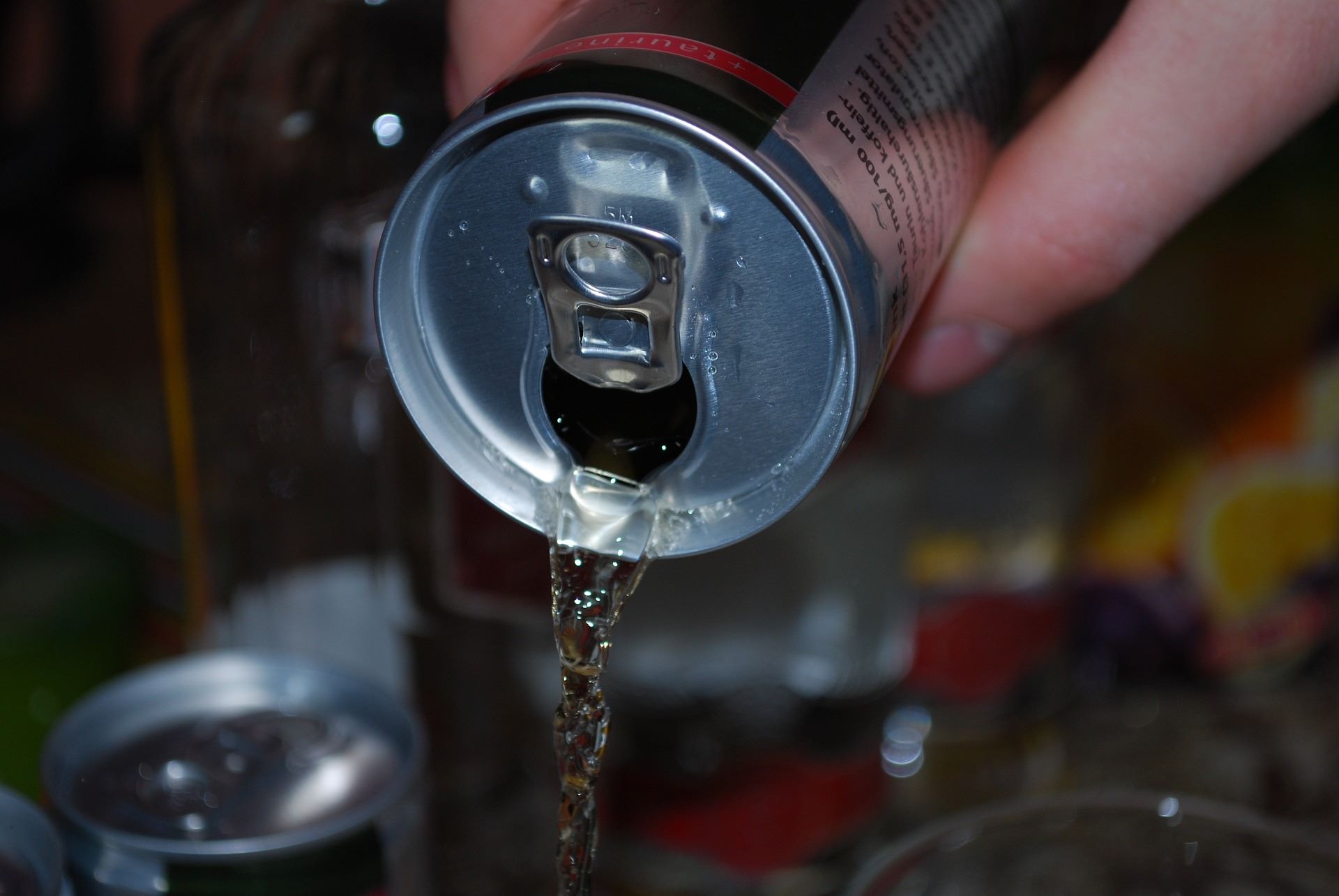
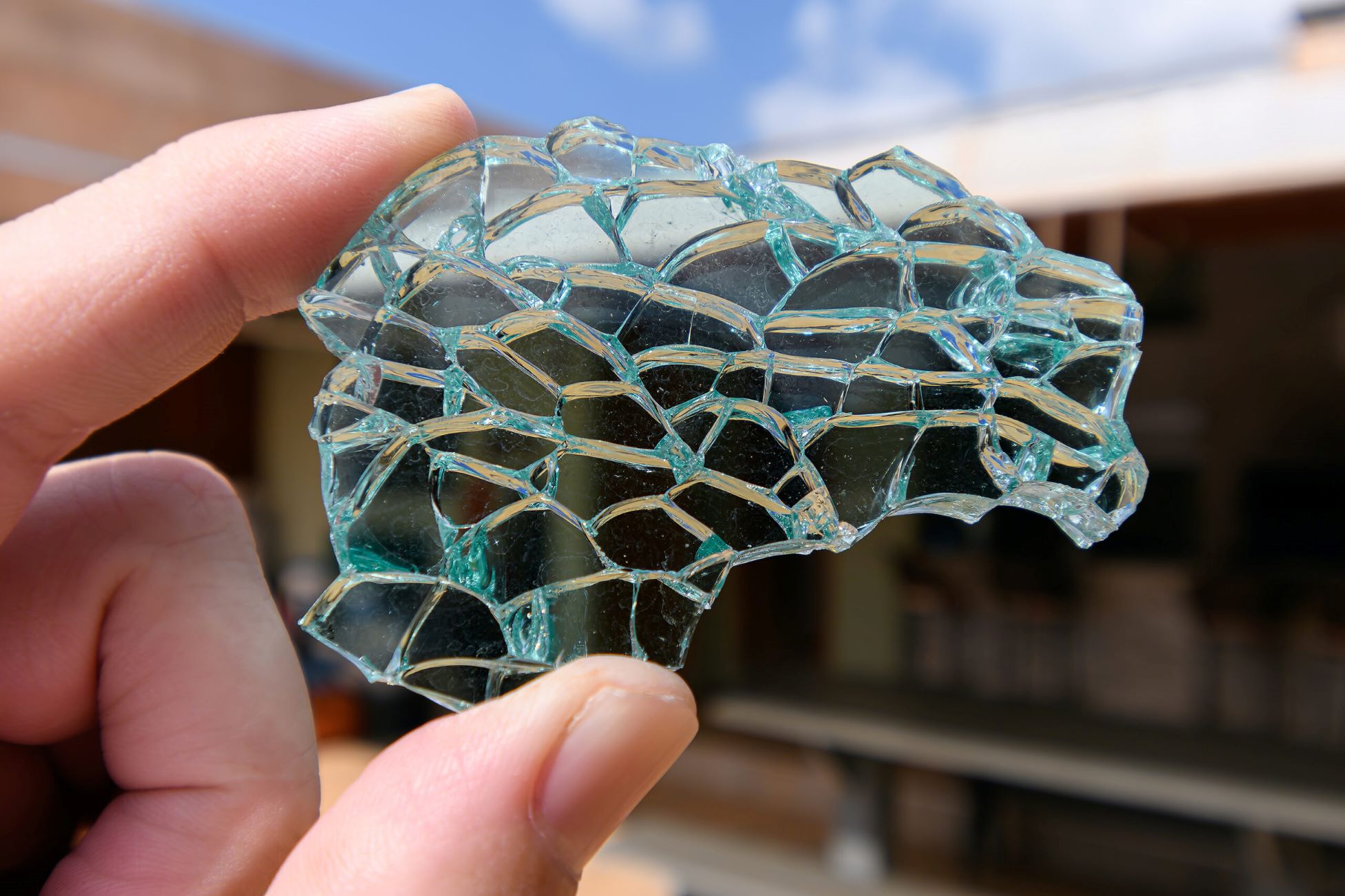
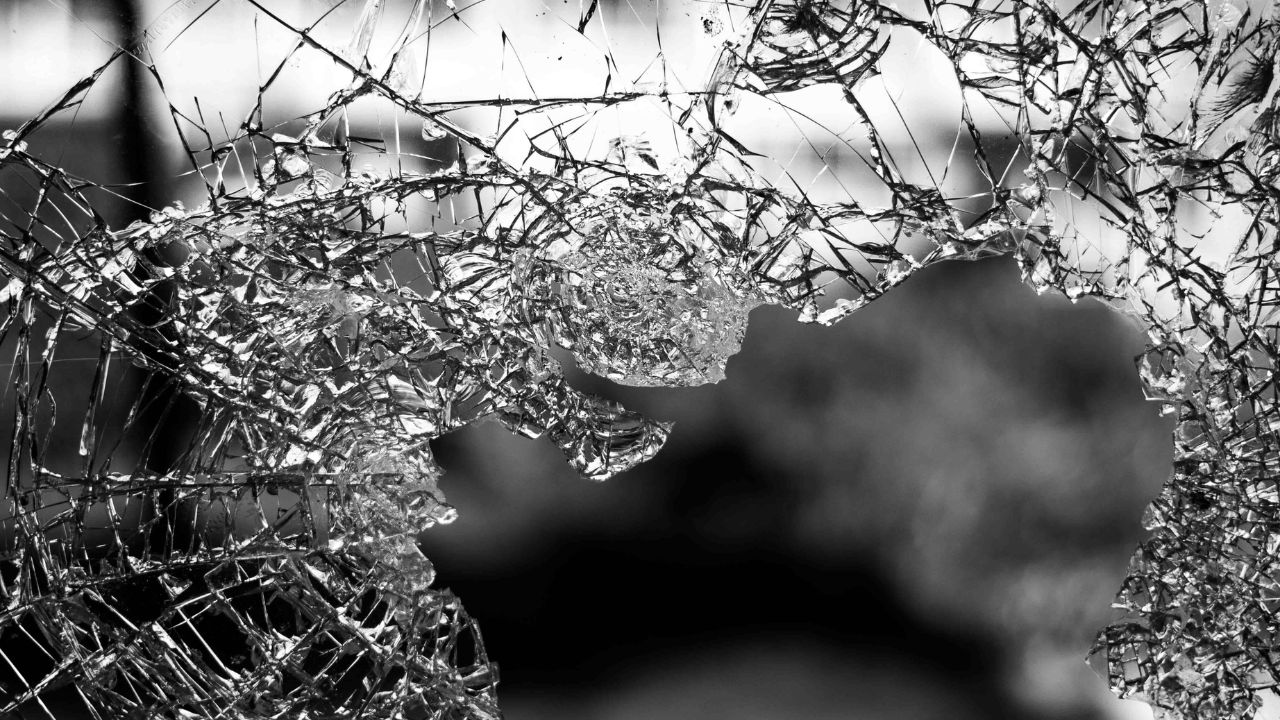
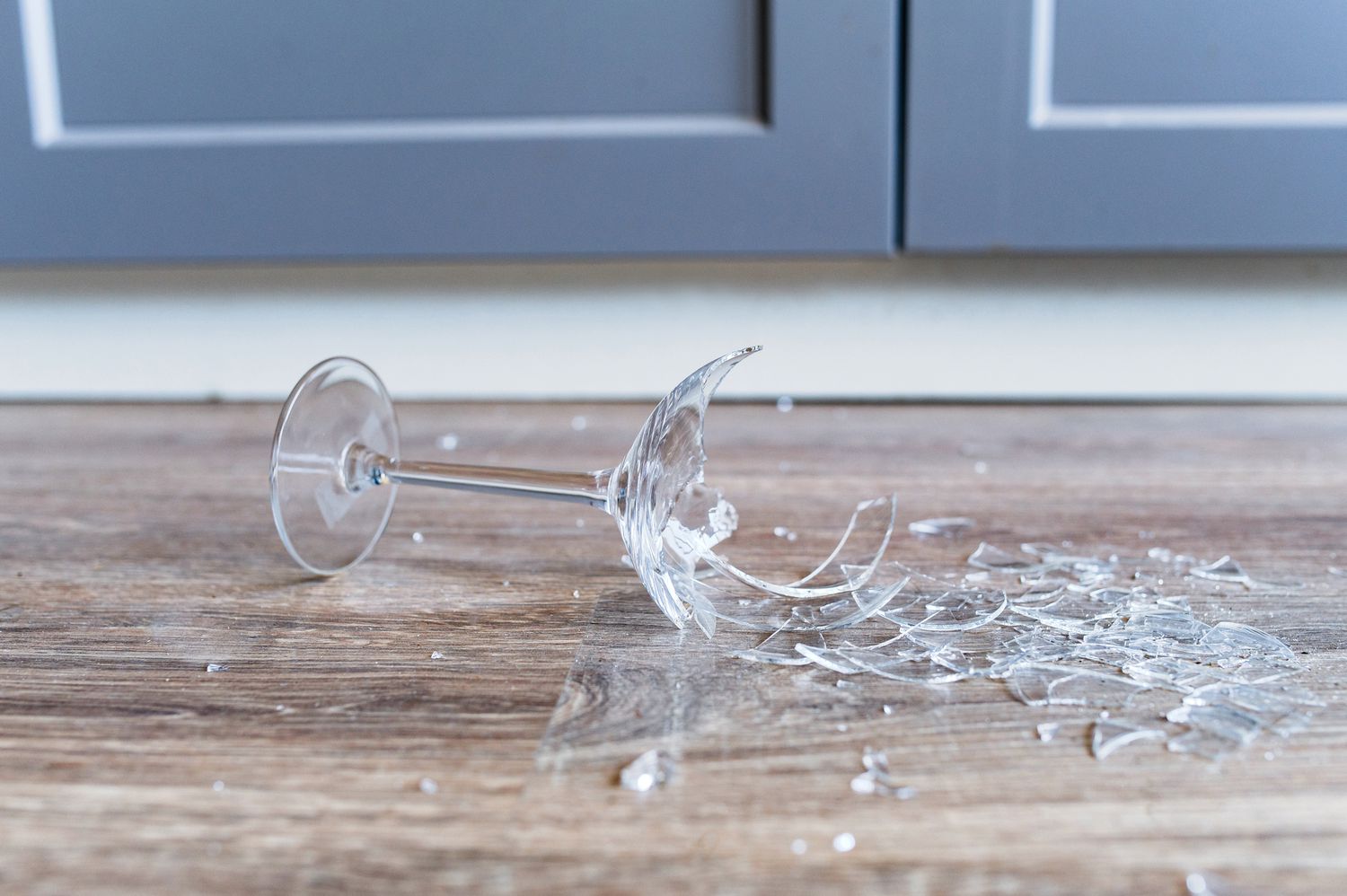
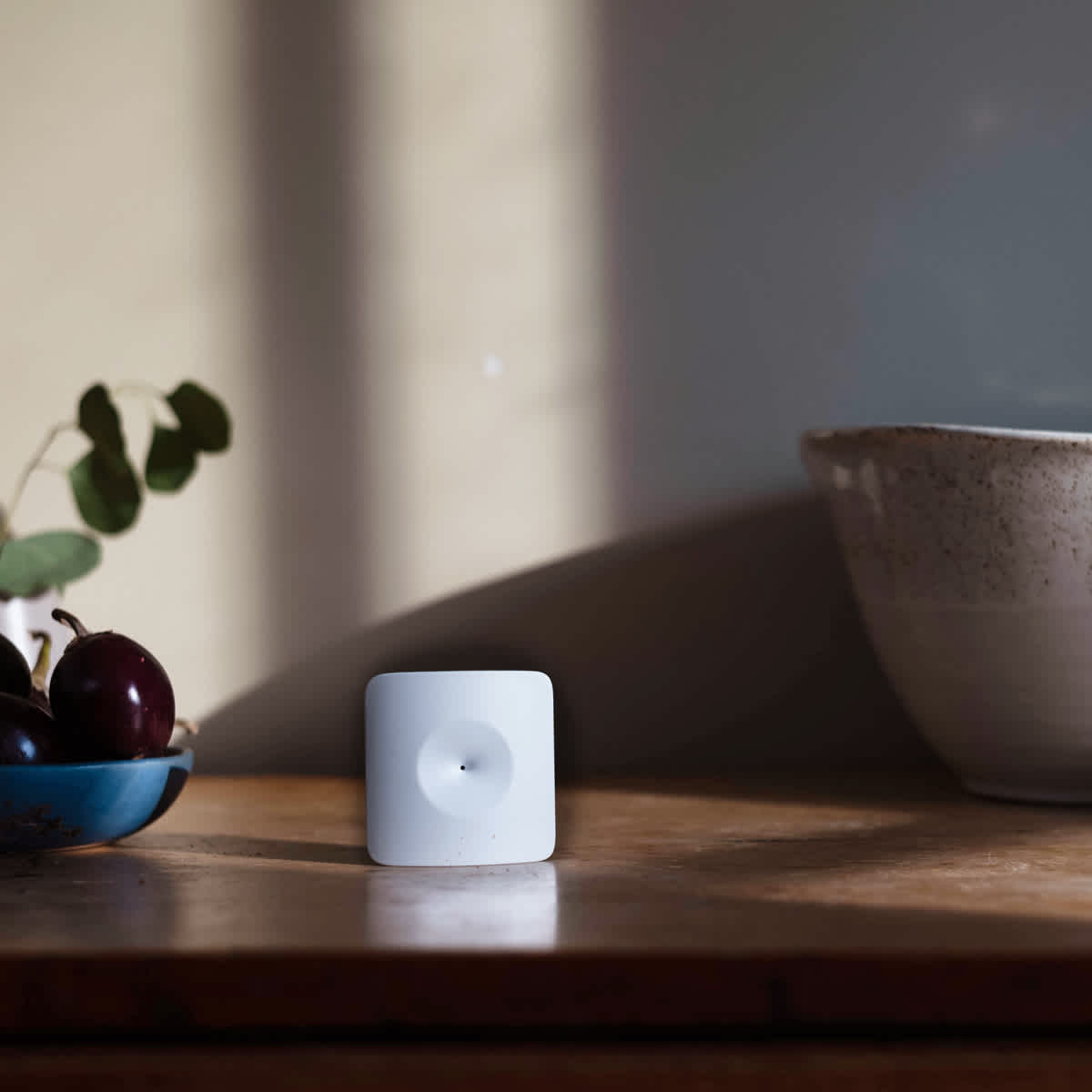
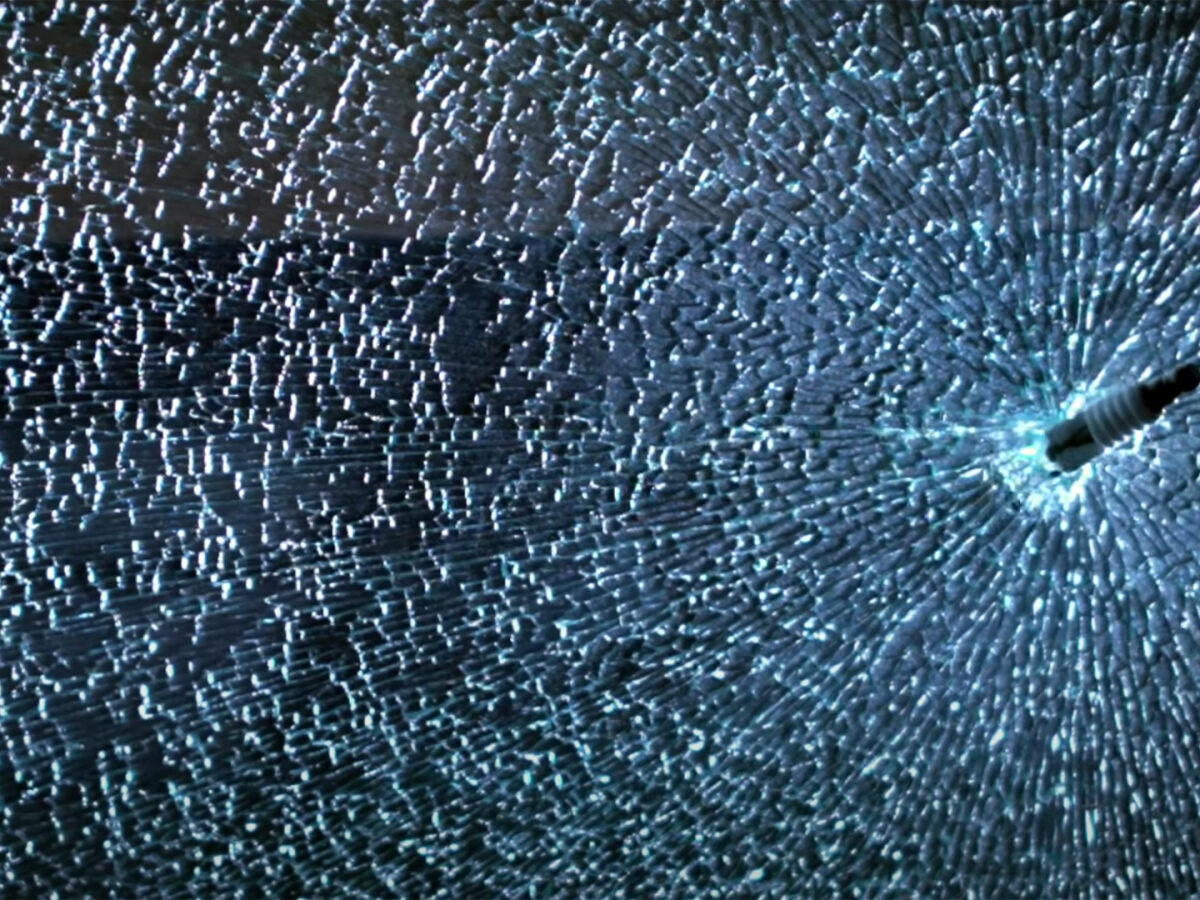
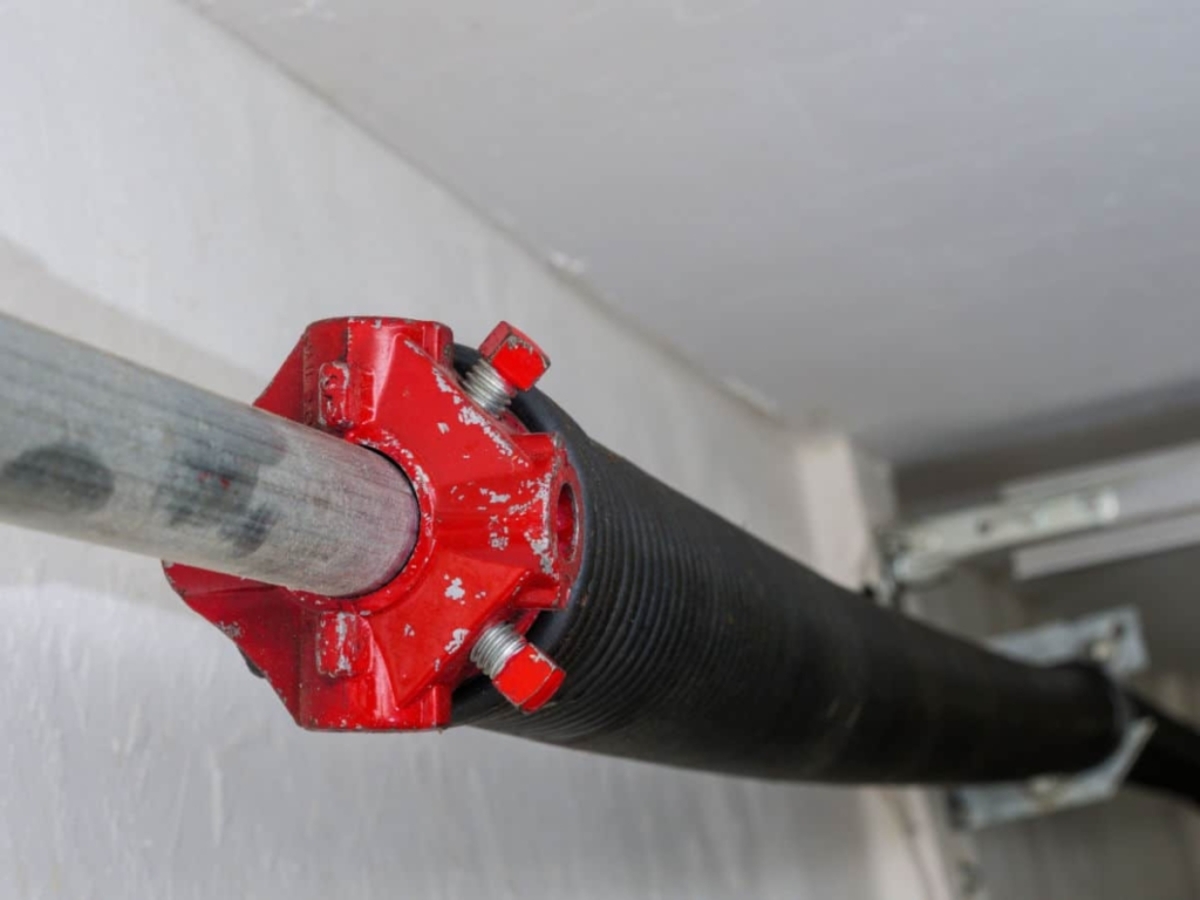

0 thoughts on “Why Does Ceramic Break Glass”